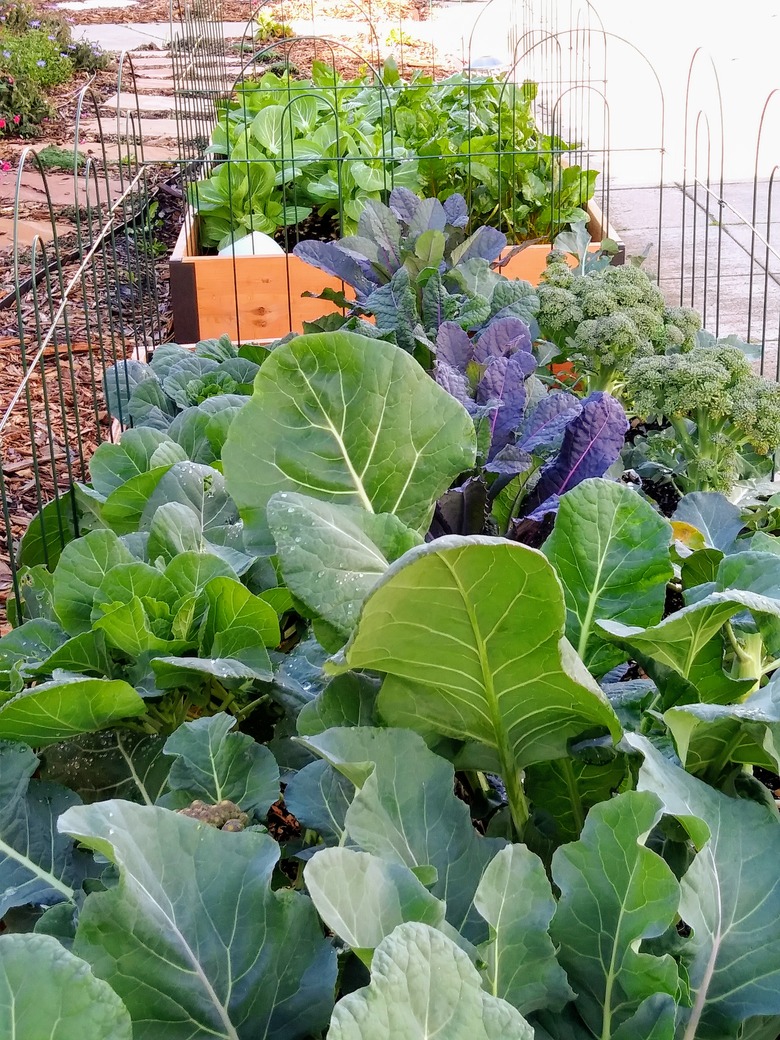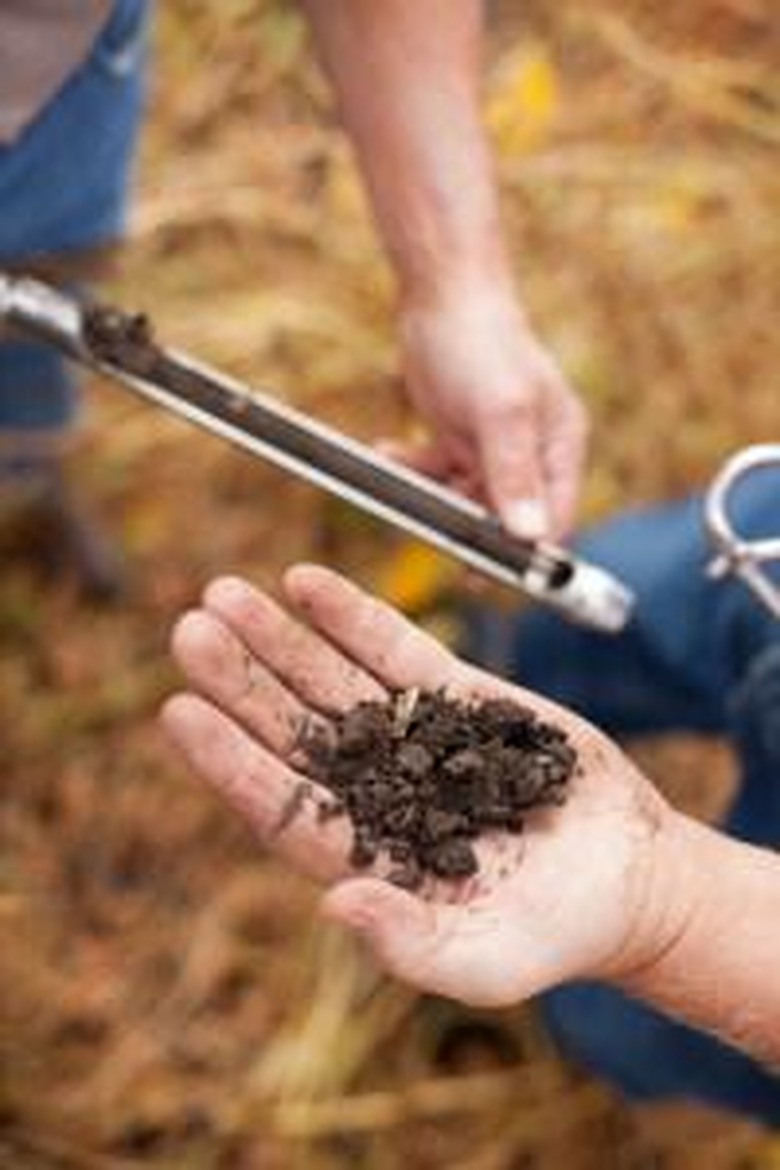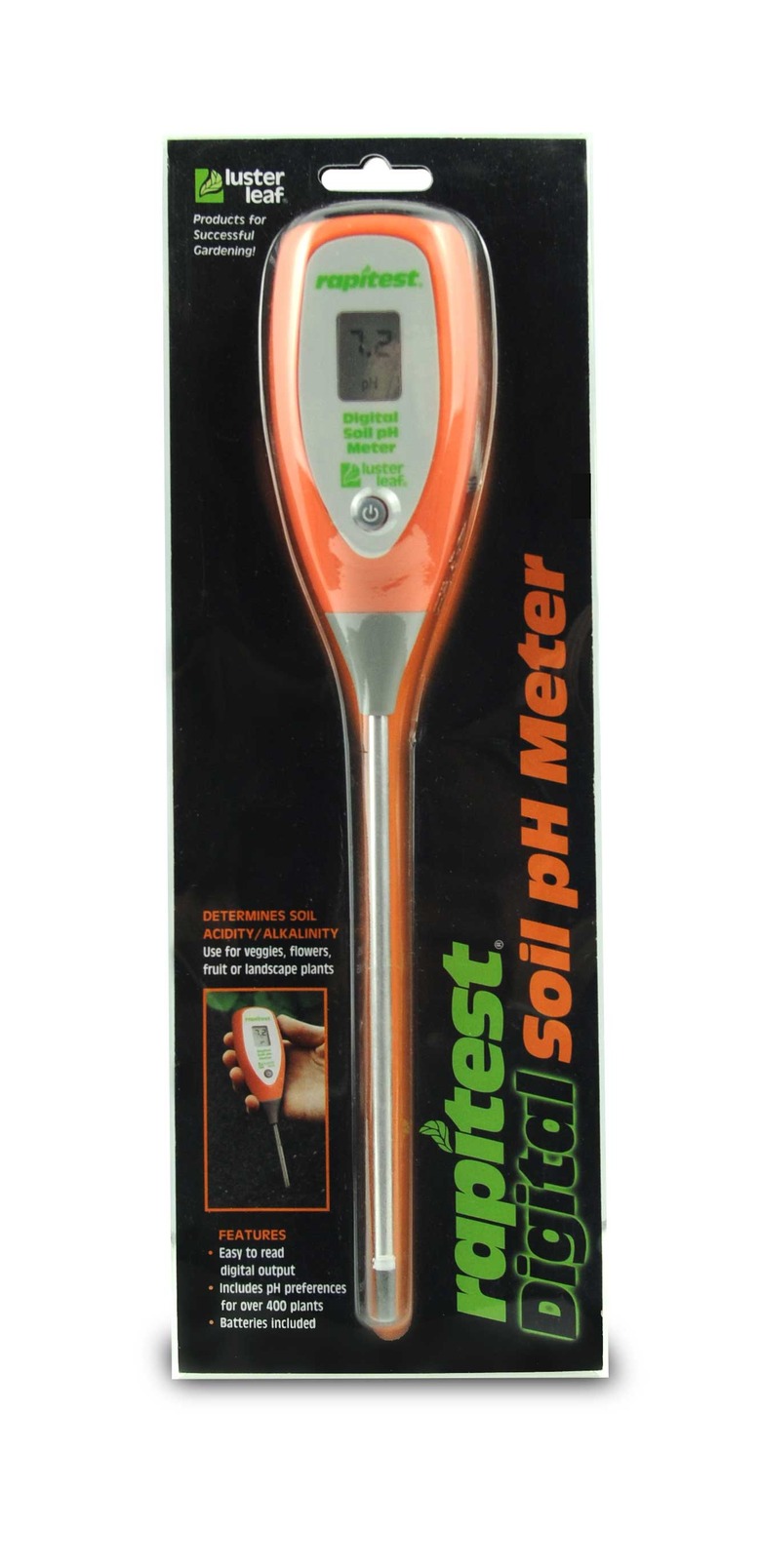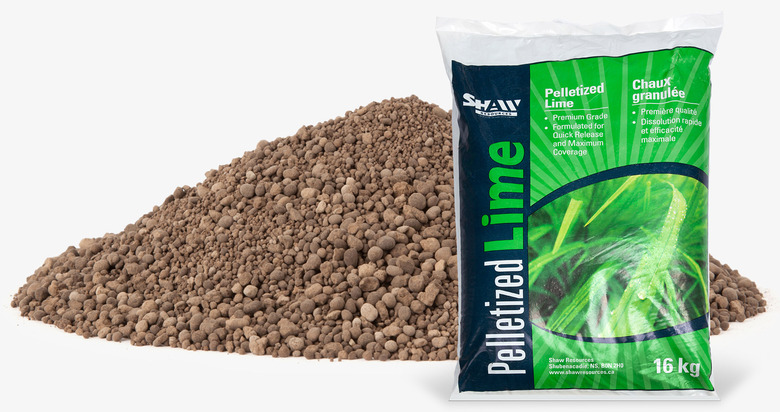How To Adjust Soil pH
We may receive a commission on purchases made from links.
Soil is a complex material with many variable characteristics that impact how well plants grow. Some variables are difficult or impossible to manipulate, while others can be adjusted relatively easily. Soil pH is one of the more easily controlled variables. And, many gardeners identify it as the most important soil quality to control.
pH is measured on a relative scale of 1 to 14. A pH of 7 is considered neutral; below 7 connotes an acidic soil (the lower the number the more acidic it is); soil above 7 on the pH scale is alkaline, also called basic. Most soils that will support plant life are between 4.5 and 8.5 in pH, with 6.5 considered the ideal pH for general growing.
The Role of pH in Soil
The Role of pH in Soil
The pH of your soil has a major impact on which nutrients in the soil are made available to the plants. In other words, some critical compounds will undergo chemical reactions in soil that is too acid or too alkaline, making it difficult or impossible for the plant to absorb the nutrient. Perhaps the most important of these is phosphorous. If the pH drops below 6.0 or rises above 7.5, phosphorous absorption drops off dramatically (albeit for different reasons).
Most plants will grow successfully within the 6.0 to 7.5 pH range. So the goal in just about any yard or garden should be to amend your soil until its pH level is as close to 6.5 as you can get it. The process always starts with a soil test.
Soil Tests
Soil Tests
You can perform a specific pH test on your soil, or do one in combination with a larger soil assessment. The fastest and cheapest way to do this is to test the soil yourself. This can be as easy as dipping some pH sensitive testing paper into soil dissolved in water or simply buying an inexpensive soil meter and sticking the metal probes directly into the moistened ground. You'll get an instant and reasonably accurate read on the pH.
Or, you can submit soil samples to a testing lab from a commercially available testing kit, wherein your sample is mailed to a private lab for analysis. Or, you can bring or mail a sample to your local ag extension office. The great advantage to having your soil tested by a professional third party is that their reports normally include not just the current soil conditions, but also specific recommendations for what amendments to add and in what quantity to bring your soil closer to the ideal. This is of great importance, as over-adjusting by adding too much of a deficient ingredient can easily swing the soil too far in the other direction, and adding too little won't fix the problem.
How to Take a Soil Sample
How to Take a Soil Sample
The key to taking an accurate sample is to collect small amounts of soil from several different spots in your growing area. If you are using a chemical or paper test, blend the samples and add the recommended amount of water, following the instructions of your testing kit. For probe testers, moisten the soil, insert the probe to full depth (usually around 4 inches) and wait 30 seconds or so to get a reading. Some inexpensive meters (less than $10) are analog and others are digital—more sophisticated digital models test for other variables and also can match your pH level against recommended pH for common plants. If you are submitting soil to a lab, pack the requested amount of blended soil into a clean, sealed container.
How to Raise pH
How to Raise pH
If your sample testing reveals that your soil is acidic (6.5 or lower), add lime. Lime is an inorganic mineral that is mined and then crushed. It is used in cement and mortar and has many other applications outside of agriculture. For centuries farmers have added crushed lime (also called pulverized lime) to the soil as part of their ongoing soil maintenance.
Crushed lime is sold in bags at garden centers and hardware stores. You will find two basic types: calcitic and dolomitic:
- Calcitic lime should be applied if your soil test reveals that you have high magnesium content.
- Dolomitic lime is applied if the soil has a magnesium deficiency.
Or, you might simply find and use "garden lime," which is a blend of calcitic and dolomitic and a safe overall bet.
Pelletized lime is the form carried by most garden centers and hardware stores these days. This is simply lime that has been combined with a binder and formed into small pellets. Unlike crushed lime, it will not disperse in the wind and is relatively clean to work with. It also requires far smaller amounts to get the same results—as little as one-eighth of the volume required for crushed. Pelletized lime releases into the soil more slowly and evenly than crushed lime. It is a good choice for home gardeners.
Tip
Compost is high in organic matter and is naturally pH neutral. By adding it to your soil you can improve the pH (from either too high or too low) while adding valuable nutrients your plants require. You really can't add too much compost.
How to Lower Soil pH
How to Lower Soil pH
In addition to compost, you can add one of two variations of sulfur to bring down the pH level in your soil—to make it more acidic. This might be desirable if the overall pH level is too alkaline, or if there are specific acid-loving plants you want to grow. There are two soil-amendment options for reducing pH: elemental sulfer, and aluminum sulfate.
Elemental sulfur is sold at most garden centers, often in pelletized form. It is a relatively slow-releasing product. The instructions on the bag will give you guidance on how much to add if you did not receive specific recommendations from a third-party soil test.
Aluminum sulfate is the second option. It is a similar product that is a little harder to find but has a much faster impact on the pH level. Use care with this product however, as over-application can cause root burn.
How to Add Amendments
How to Add Amendments
Whether you are amending your soil with lime or with sulfur (or with compost for that matter) it is better to work it into the soil than to simply scatter it over the soil surface. If you have already tilled the soil, you can work the additive in with a garden rake. Otherwise, dig it in with a spade or a garden fork. A moderate watering after application will get the activation process started.
Plants That Succeed in Acidic Soil (pH 4.0 to 6.5)
Plants That Succeed in Acidic Soil (pH 4.0 to 6.5)
A few plant types, including some very popular ones, do best in an acidic environment with a pH of less than 7.0. The largest group of acid-loving plants are the evergreens—pretty much all of them. Some others include:
- Rhododendrons
- Azaleas
- Hydrangeas
- Daffodils
- Nasturtiums
- Magnolia
- Marigolds
- Holly
- Gardenias
- Iris
- Begonias
- Dogwood
- Blueberries
- Radishes
- Radishes
- Sweet potatoes
- Parsley
- Peppers
- Potatoes
- Rhubarb
Plants That Succeed in Alkaline Soil (pH7.0 to 8.5)
Plants That Succeed in Alkaline Soil (pH7.0 to 8.5)
Generally, most plants that thrive in "ideal soil" (6.5 pH) will also do fine in soil that is slightly acidic. Soil that is even slightly alkaline is less friendly, so it is better to err on the side of acid. Here are some that enjoy slightly-alkaline to alkaline soil:
- Aster
- Boston Ivy
- Clematis
- Boxwood
- Honeysuckle
- Hyacinth
- Lilac
- Daisy
- Snapdragon
- Weigela
- Asparagus
- Beans
- Beets
- Brussels Sprouts
- Cauliflower
- Chives
- Cilantro
- Escarole
- Horseradish
- Kohlrabi
- Lettuce
- Okra
- Onion
- Parsnip
- Watermelon




